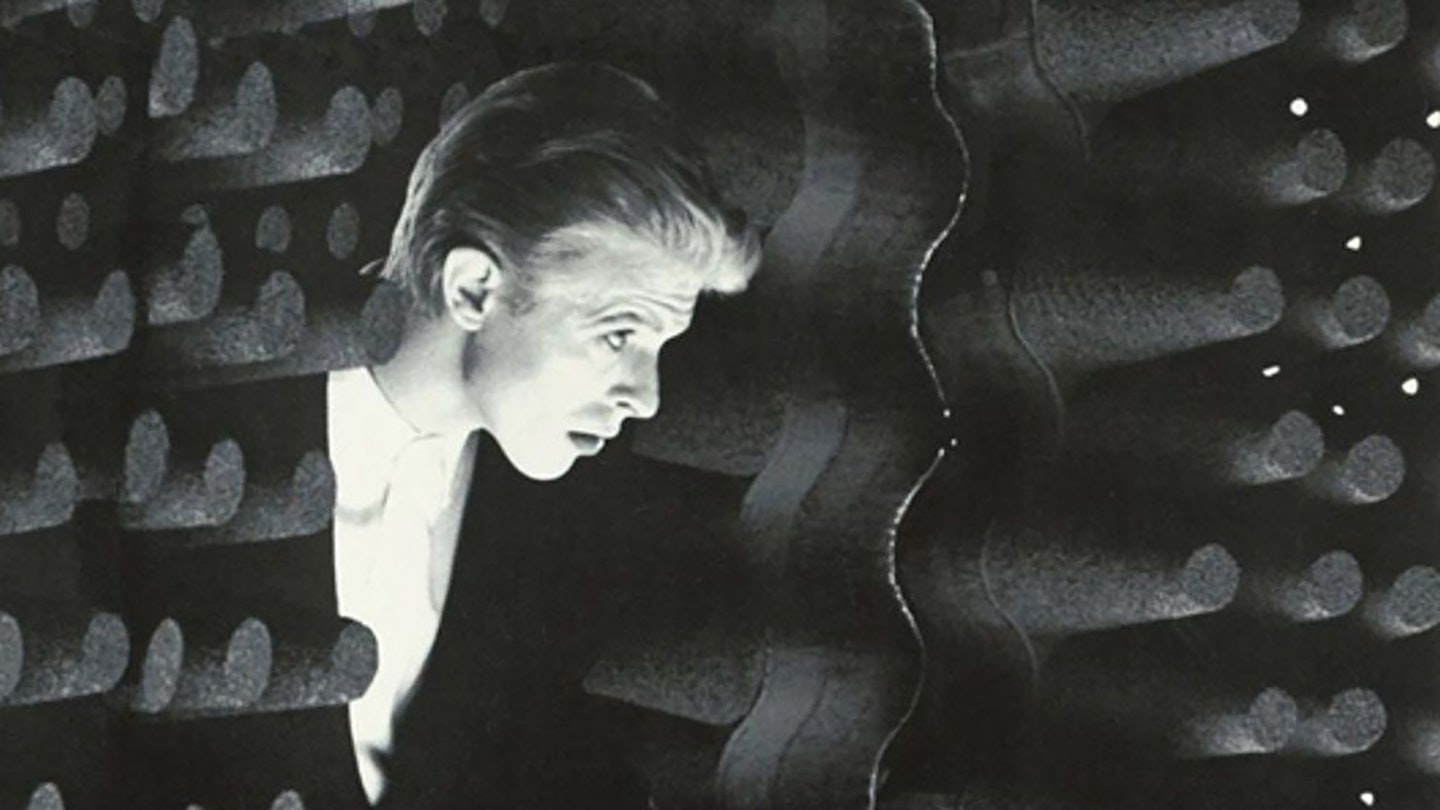Living on cocaine and milk, The Thin White Duke emerged on this day in 1976 with a seductive mix of American soul and European rock. Station To Station remains one of Bowie’s most strange and beguiling albums of the 70s. Not that he remembered much about it, mind…
In August 1975, after the filming of The Man Who Fell To Earth had finished, Bowie rented a house at 1349 Stone Canyon Road in Bel Air, a secluded 1950s-built property with a mock Egyptian interior. From here, he pulled together a team to record his next album: Harry Maslin, who’d worked on the Fame session in New York, was recruited as producer, while guitarists Carlos Alomar and Earl Slick, plus Fame drummer Dennis Davis, and bassist George Murray, provided the core of the group. After two weeks’ rehearsals, the group checked into Cherokee studios in Hollywood. One of the first songs to emerge was Golden Years, a sinuous soul groove that took up where Young Americans had left off. It was premiered on November 4 on ABC TV’s Soul Train, reflecting David’s new kudos within the US soul community.
By now, Bowie was surviving on a diet of milk and cocaine, with the odd vegetable thrown in, and regularly went without sleep. Though only six songs emerged from the sessions, they amounted to some of Bowie’s finest work. The title of the book of short stories he’d begun writing while shooting TMWFTE, titled The Return of The Thin White Duke, made its way into the opening line of Station To Station, an epic 11-minute piece that moved through a series of moods – sometimes dark, melancholy and mysterious, elsewhere funky and euphoric – with allusions to the Kabbalah, cocaine and, in its title, the Stations of the Cross, the popular representation of Christ journeying towards his crucifixion.
The beautiful Word On A Wing, meanwhile, explored a more conventional Christian, or perhaps Buddhist, theme; Stay was a trippy funk-out with soaring psychedelic soul guitar; and TVC15 fused New Orleans piano and futuristic soul, telling the tale of a woman devoured by a television set. The final track, a cover of Wild Is The Wind, the 1954 film theme memorably covered by Nina Simone in 1966, bookended the album in magnificently contemplative and dramatic style, completing a record exuding strangeness and imbued with layers of mystery. Perhaps it was all a lucky accident: David later admitted he had few recollections of recording the album, bar shouting his idea for a feedback part to Earl Slick. Regardless, in an almost peerless run of late 70s albums, Station To Station is still one of the most beguiling stopovers. Next stop, Berlin.
